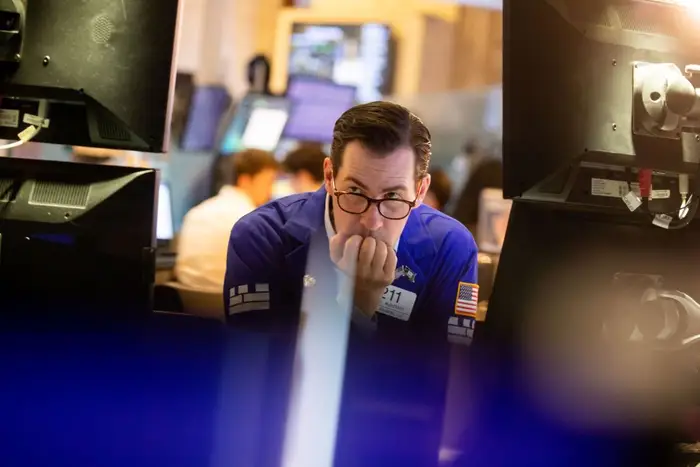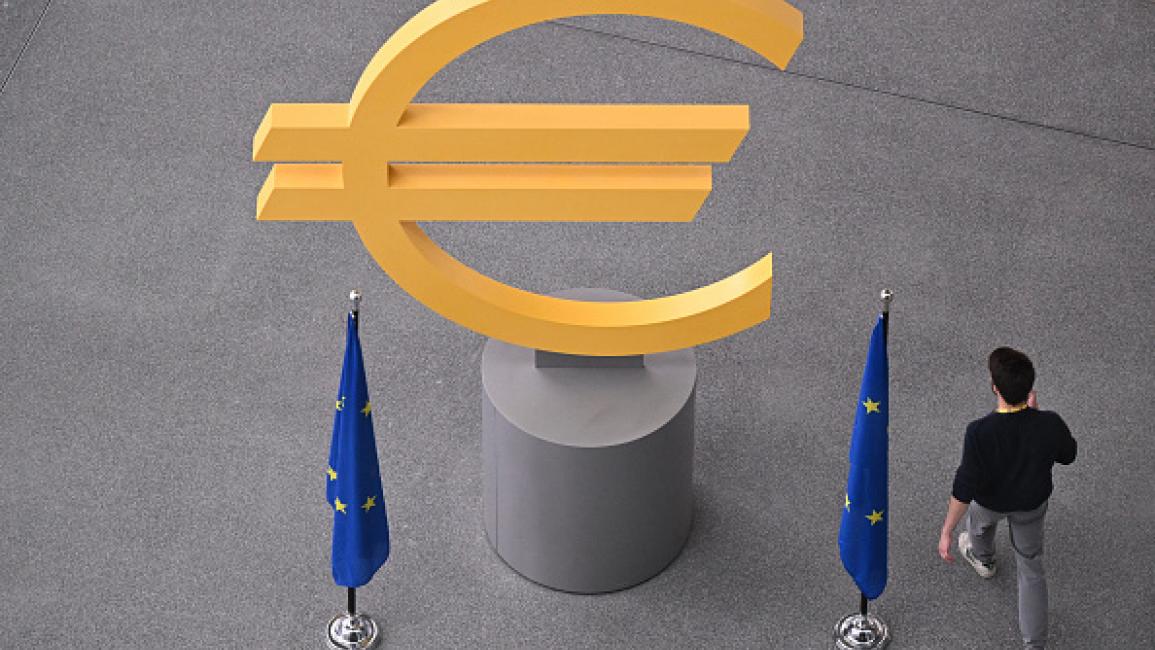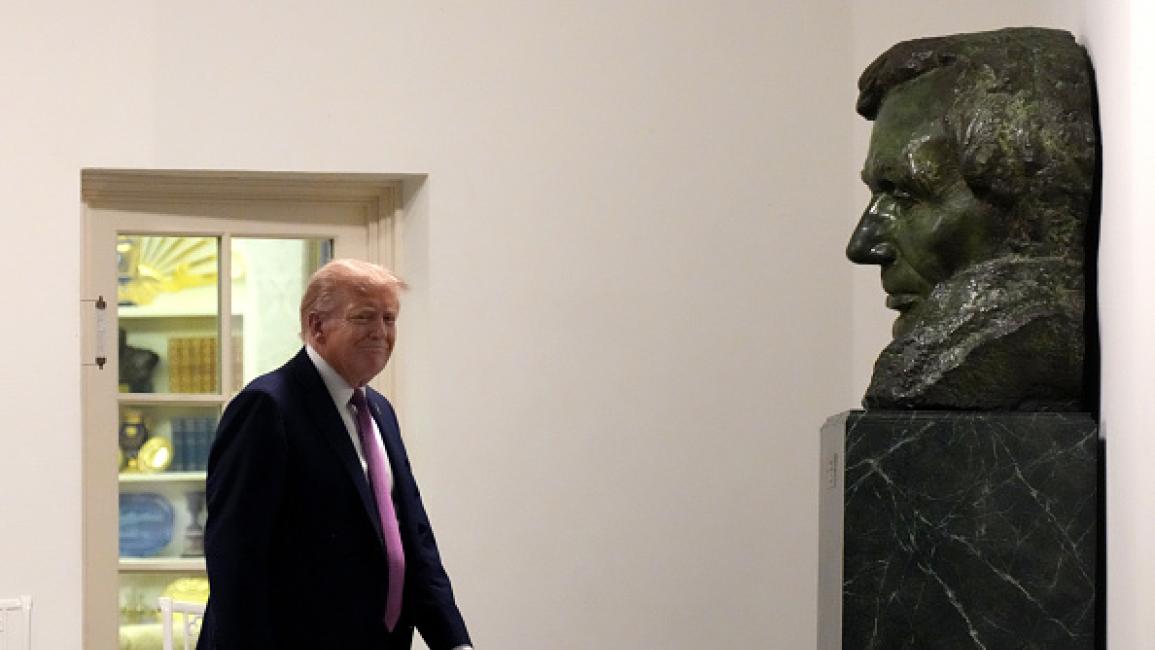The Stagflation Threat Looms: Why Investors Fear the Worst-Case Scenario

In recent months, economic analysts and investors have expressed growing concern over the looming possibility of stagflation—a rare and troubling economic condition characterized by stagnant growth combined with high inflation. This combination creates a challenging environment for policymakers, businesses, and consumers alike. This article explores the causes of stagflation, its historical context, and why many fear it could become the worst-case scenario for the global economy.
Understanding Stagflation
Stagflation is defined by the simultaneous occurrence of slow economic growth, high unemployment, and rising prices. This trio defies conventional economic theory, which generally assumes inflation rises during periods of growth. The last major episode occurred in the 1970s, triggered by oil price shocks and other factors, leading to widespread economic hardship.
Causes Behind Current Concerns
Multiple factors contribute to the current stagflation fears. Supply chain disruptions caused by the COVID-19 pandemic, coupled with aggressive fiscal and monetary policies, have led to significant inflationary pressures. Meanwhile, growth rates have slowed in many key economies, including the United States and parts of Europe. The Economy section reports extensively on these developments, highlighting the delicate balance policymakers face.
Impact on Investors and Markets
For investors, stagflation presents a dilemma. Traditional assets like stocks and bonds tend to perform poorly in such conditions. Inflation erodes fixed income returns, while sluggish growth hampers corporate profits. As a result, markets experience volatility and uncertainty, as detailed in recent Breaking News analyses.
Government and Central Bank Responses
Central banks face the difficult task of curbing inflation without stifling growth. Raising interest rates too aggressively risks pushing economies into recession, while inaction allows inflation to spiral. The Federal Reserve and other central banks have signaled cautious approaches, navigating unprecedented territory documented in U.S News reports.
Social and Economic Consequences
Stagflation can lead to higher unemployment, reduced consumer spending power, and increased poverty levels. Businesses struggle with rising costs and uncertain demand, which may lead to layoffs and reduced investments. These societal impacts create political pressures on governments to act decisively.
Lessons from History
The stagflation era of the 1970s provides valuable lessons. Structural reforms, energy policy adjustments, and monetary tightening eventually brought the crisis under control. Experts argue that proactive measures today are critical to avoiding a repeat of past mistakes.
The Global Dimension
Stagflation is not confined to one country; global interconnections mean its effects spread rapidly. Emerging markets may face capital flight and currency depreciation, while trade tensions exacerbate challenges. The World news coverage emphasizes the international ramifications.
Strategies for Navigating Stagflation
Investors are advised to diversify portfolios, focus on inflation-resistant assets, and consider commodities and real estate. Businesses should prioritize cost management and operational efficiency. Policymakers need to communicate clearly and coordinate internationally to restore confidence.
The threat of stagflation poses complex challenges to the global economy. Understanding its causes, potential impacts, and policy responses is essential for navigating these uncertain times. Vigilance, adaptability, and cooperation will be key to mitigating risks and fostering sustainable growth.




